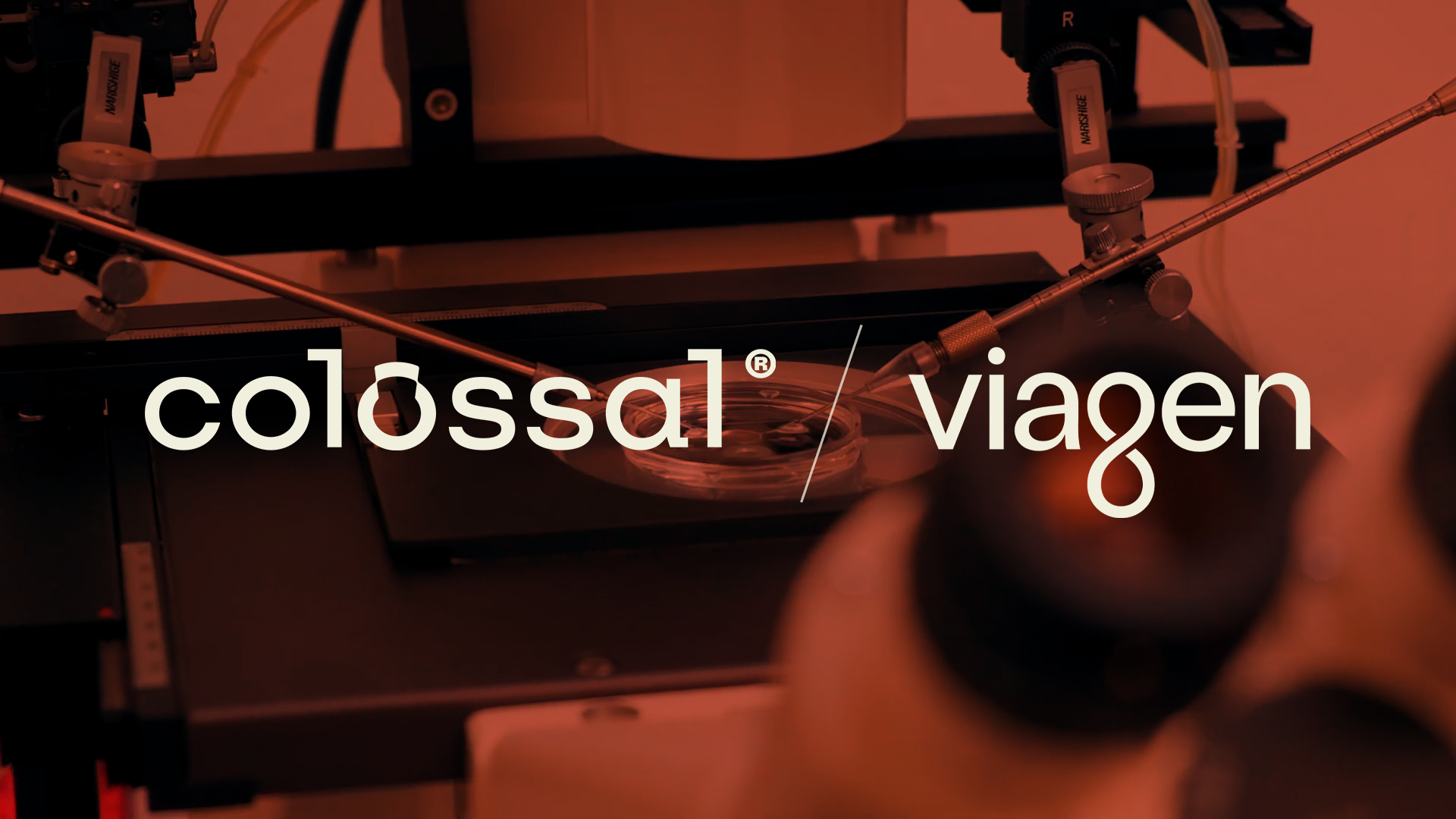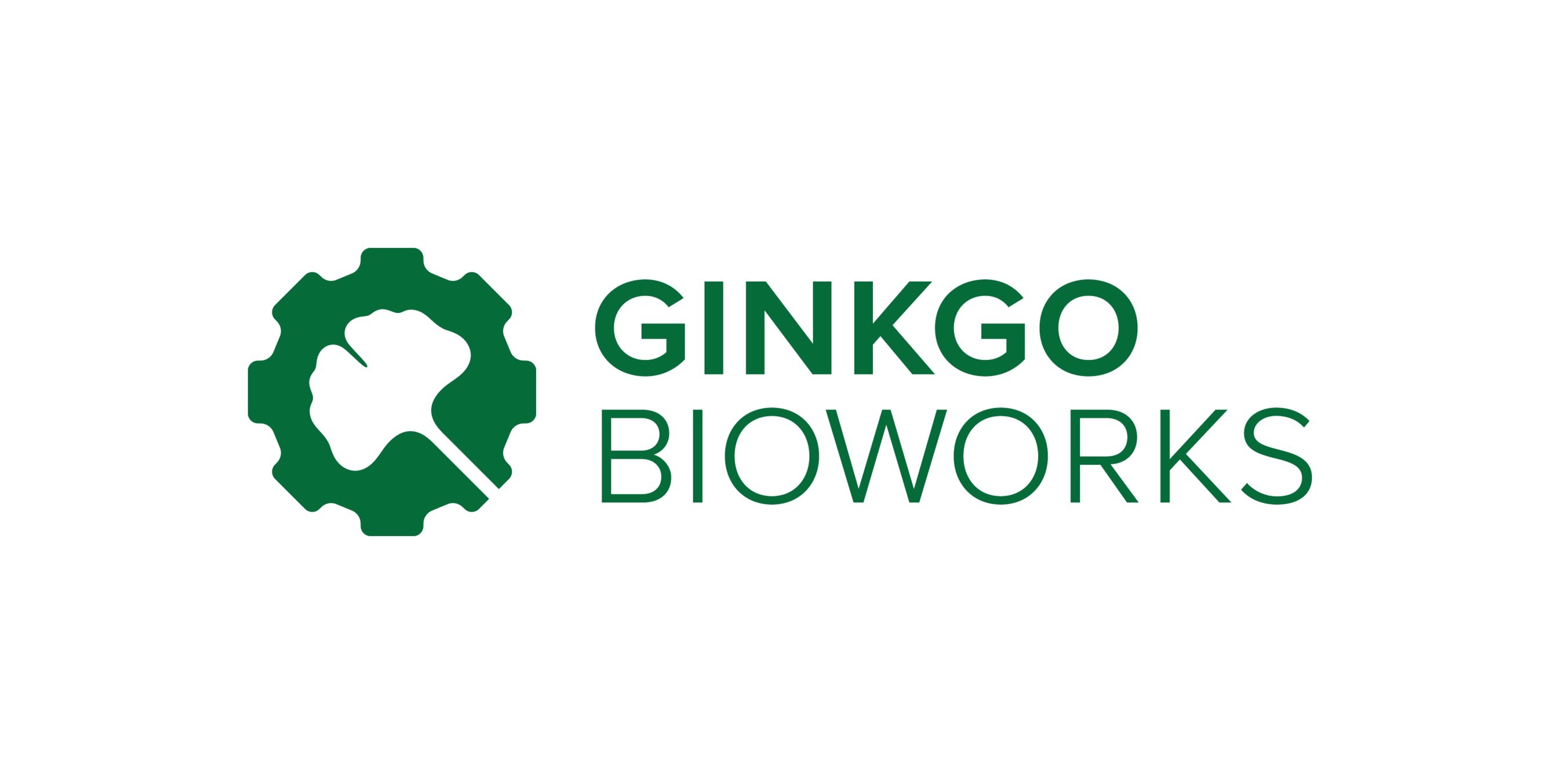
Space Lab 3.0: Imagining the future of science in space
Space Lab 3.0: Imagining the future of science in space
Your visions of the lab of the future probably don’t include gazing out large window panes to see the depths of outer space. Yet as humanity marches onward into the vast unknown beyond Earth, one truth rings clear: science will be critical for our success. We must not only learn how to manipulate our Earthly bodies to prepare them for microgravity before we ever leave the planet, but we must also be equipped to explore -- and leverage -- the biology and resources of new worlds once we get there. Will we need to genetically modify otherworldly plants to make them nutritious for human bodies? Will we be able to perform large-scale fermentation experiments using Martian microbes? Will we need to find new ways to apply synthetic biology techniques to prevent or repair DNA damage from increased radiation levels off Earth?One company has been preparing for such a future for quite some time. NanoRacks, a private, Houston-based company, was founded in 2009 with a single goal in mind: learn everything necessary to one day own and operate their own space stations. These space stations would be designed to facilitate complex, elegant scientific experiments in space -- making space “just another place to do business.”They are already well on their way toward meeting their goal, and the science that some of their products is enabling isn’t only useful for future applications, but can be used right here on Earth today. For example, Tympanogen (a leader in using gel technologies to regenerate membranes) is using NanoRacks equipment on the International Space Station (ISS) to study drug release through hydrogels, which could one day enable long-term antibiotic release directly onto wounds -- useful for hundreds of thousands of individuals suffering from hard-to-heal wounds at risk for infection.
The challenges of doing science in space: what space science really looks like
If there is one thing the NanoRacks team has learned over the years, it’s this: doing science in space isn’t easy. It took us hundreds of years to develop modern state-of-the-art laboratories, which improve on a seemingly daily basis. Developing equally sophisticated labs in space will require creative solutions to three key challenges.
It's difficult to get to the ISS
While the biggest sample transport issues facing earthly labs may be holdups in international customs or packages languishing in sort centers, delivering samples to the ISS is a completely different beast -- the materials must travel through space, after all. Access to the ISS has improved and commercial resupply flights happen more frequently than ever -- about 3-4 times each year -- but the cadence is unpredictable. Because of this, science in space is faced with logistical challenges that don’t happen down on Earth.
Science in space is slow
Launch delays, scrubs, and other procedures that can delay ISS resupply are hard on the life sciences. Cells and mice are typically sequenced to be a certain density or age, respectively, once they are arrive on the ISS. Every time a launch slips or is delayed, the current batch of cells or mice are discarded (poor mice!) and the processes begins again -- a huge strain on time and financial resources. Dr. Carl Carruthers, Chief Scientist at NanoRacks believes that this particular challenge facing science in space will be the slowest to improve.
Science in space currently depends on astronaut time
While automation is poised to usher in a new era for synthetic biology on Earth, the future of space science depends on automation. Since not just any scientist can travel to the ISS (for now), experiments are run by astronauts. This poses a unique challenge because astronauts have different levels of science background -- though they do receive training -- sometimes quite intense -- before leaving on a mission. NanoRacks is particularly invested in making sure astronauts are trained on their hardware prior to using it on the ISS.“The level of training on our hardware for astronaut can vary,” says Dr. Carruthers. “Sometimes the program has the capacity for us to conduct intense on-the-ground training, but sometimes their only training is the on-board crew training videos we provide for them. This can be for a variety of reasons, from training schedule or delays in customer requirements for certain science protocols.”Astronauts' time is precious, too. Doing science is only one of the many jobs astronauts are required to do on the space station, and their days are planned down to extreme specificity -- all before they even leave Earth.Just as on Earth, what takes an astronaut hours to do by hand could be done in minutes by a liquid handling robot. Some of the tools NanoRacks has developed -- such as the plug-and-play NanoLabs -- are already addressing this challenge by eliminating some of the work that astronauts need to do. But until automation is fully integrated, space science will only be able to tackle relatively simple challenges.“Because of the of the steep logistic challenges, because of volume constraints, because of cost, a lot of science projects are quite basic,” says Dr. Carruthers. “However, because researchers are very smart and resourceful, they have been able to collect very valuable and clean data from ISS research projects. Until we advance the state of hardware aboard the ISS to reflect terrestrial lab capabilities, it will be challenging to get to point where medical breakthroughs and other major discoveries can be realized on orbit.”Adrian Mangiuca, NanoRacks Commerce Director, adds, "We're aware of these challenges and we've been focused on them for nearly a decade. At this point, we understand how the ISS needs to grow commercially. We are attempting now to address some of these and make the ISS function a little bit more like a laboratory would function here on Earth. To achieve this goal, we’re acquiring new equipment and formulating a corporate strategy that is focused on servicing the bioscience community.”
Toward the next International Space Station
Well on their way toward this goal, NanoRacks has developed a suite of tools that have already facilitated hundreds of science experiments on the ISS, serving a wide range of customers from NASA to biopharmaceutical firms to high schools and universities.One of NanoRacks’ most basic tools is the MixStix, a silicon tube that looks a bit like a giant Pixy Stix. But instead of holding colorful sugar, MixStix hold a variety of fluids, materials, chemicals, and biological materials, depending on customer requirements -- keeping them separate until it’s time to mix in space. They are easy to store and can be activated by crew once onboard the ISS.

NanoRacks MixStix experience microgravity aboard the ISS. Photo credit: NanoRacks/NASA.
But the ability to mix chemicals is meaningless without a dedicated space to do scientific experiments. Meet NanoLabs, a module that houses a ready-to-go science experiment. A plug-and-play system powered by USB 2.0 5V, the module can house experiments like plant growth, DNA and radiation exposure, and biotechnology tests. It’s simply plugged in by an astronaut once it arrives at the ISS. An integrated circuit board activates the experiment and turns it off when complete.Aboard the ISS, NanoLabs may be housed in a NanoRacks Frame or a Black Box. NanoRacks frames can hold up to three plug-and-play NanoLabs and are ideal for educational, basic research. For advanced, professional level research, the higher power Black Box facilitates a large number of experiments all at one time. The first Black Box customer mission held 6 NanoLabs running a total of 18 experiments.Other tools developed by NanoRacks include the Plate Reader-2 and Reactor Microplates. The Plate Reader-2, a commercial off-the-shelf plate reader/spectrophotometer found in almost every lab here on Earth, runs in space exactly as it would sitting on your lab bench on the ground -- there are no special protocols to learn. To perform well in microgravity, the plate reader has improved thermal control and is wired to communicate with ground control. It was launched on SpaceX-CRS9 and was installed on the ISS by astronaut Kate Rubins. And, still more tools are in development to continue to increase the quality -- and the return -- of science done in space.

Astronaut Kate Rubins installed the NanoRacks Plate Reader-2 that arrived on the ISS aboard SpaceX-9. Photo credit: NanoRacks/NASA.
Working with the community to create “Space Lab 3.0”
Taking the next evolutionary steps toward scientific research in space -- iteratively removing what doesn’t work and taking what does and improving upon it -- to create a next-gen space lab is no small feat. While the NanoRacks team has the expertise and know-how to create the necessary hardware, that won't matter if the tools they create aren't used by companies and organizations to do useful space science. A critical company value is to follow the customer, building hardware that matches customer demand.Sometimes this means that NanoRacks partners directly with their customers to develop tools addressing the challenges of doing science in space. For example, NanoRacks is working with Tethers Unlimited to address automation on the ISS. With support from a SBIR grant, the two companies are developing a robotic arm that can work with multiple NanoRacks platforms, starting with the Plate Reader-2. Soon astronauts may be passing their honorary lab coats to robots.According to Dr. Carruthers, collaborations such as these are so important because what Space Lab 3.0 looks like should be informed by those who will actually be using Space Lab 3.0. NanoRacks has the capability to design their own space lab space station, but Director of Marketing for NanoRacks, Abby Dickes, can't put enough emphasis on the fact that community feedback has been crucial during the design phase -- which is still ongoing.“Right now on the ISS, companies are building hardware and going out and telling the community ‘ok, use it.’ At NanoRacks, we often only build new hardware when there is already customer demand. However, we need to hear from a larger portion of the community to understand what processes we need to implement to make more advanced research possible," says Dickes. "We’re not all bioscientists at NanoRacks, so hearing from researchers will open up the doors to conversations and will revolutionize how we facilitate complex scientific discoveries on the International Space Station.”With synthetic biology, we have the power to come together to build a better world for our children, our planet, and beyond. Fruitful collaborations will be critical for the synthetic biology community, which is doing much to help ensure the future of humanity off-earth -- from how to grow crops to how to construct environmentally responsible habitats on Mars, and more. Space science is no longer a far-reaching dream; it is a reality, and NanoRacks is leading the charge to bring "beyond" to our front doorstep.



.svg)










.jpg)
.gif)